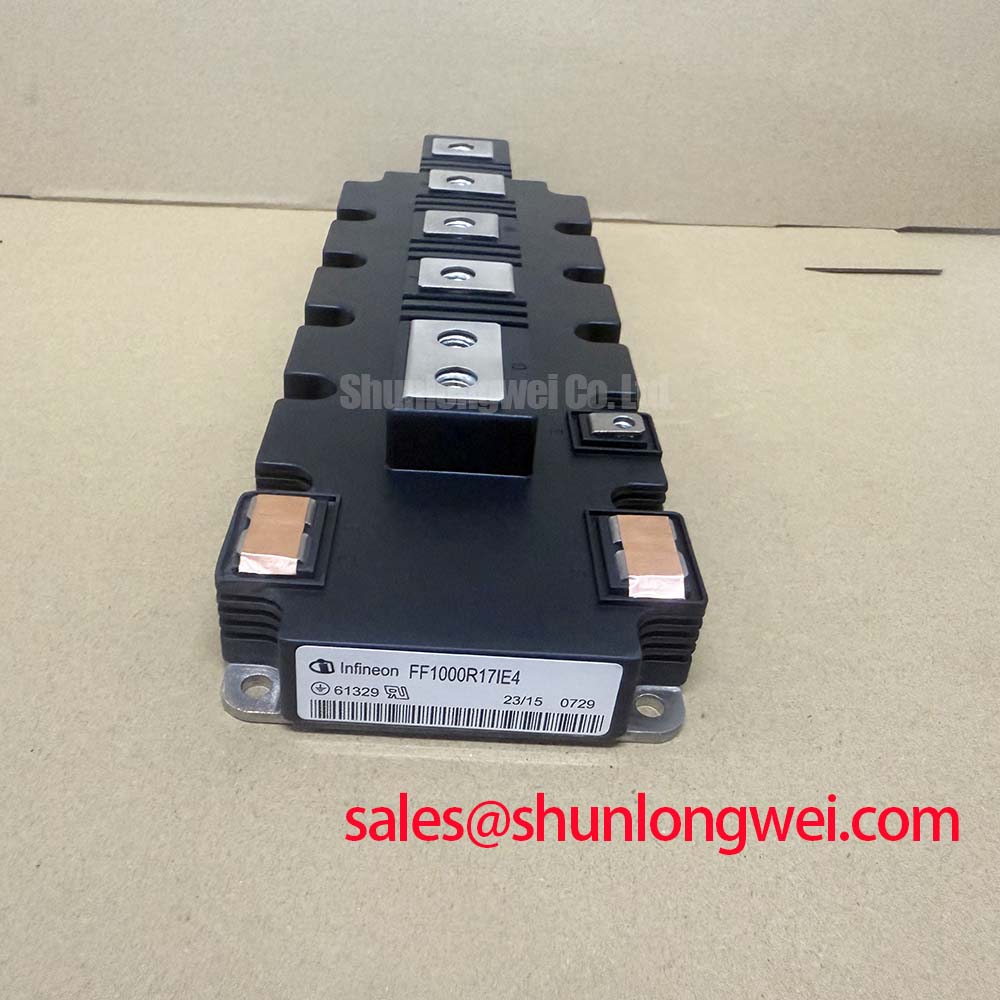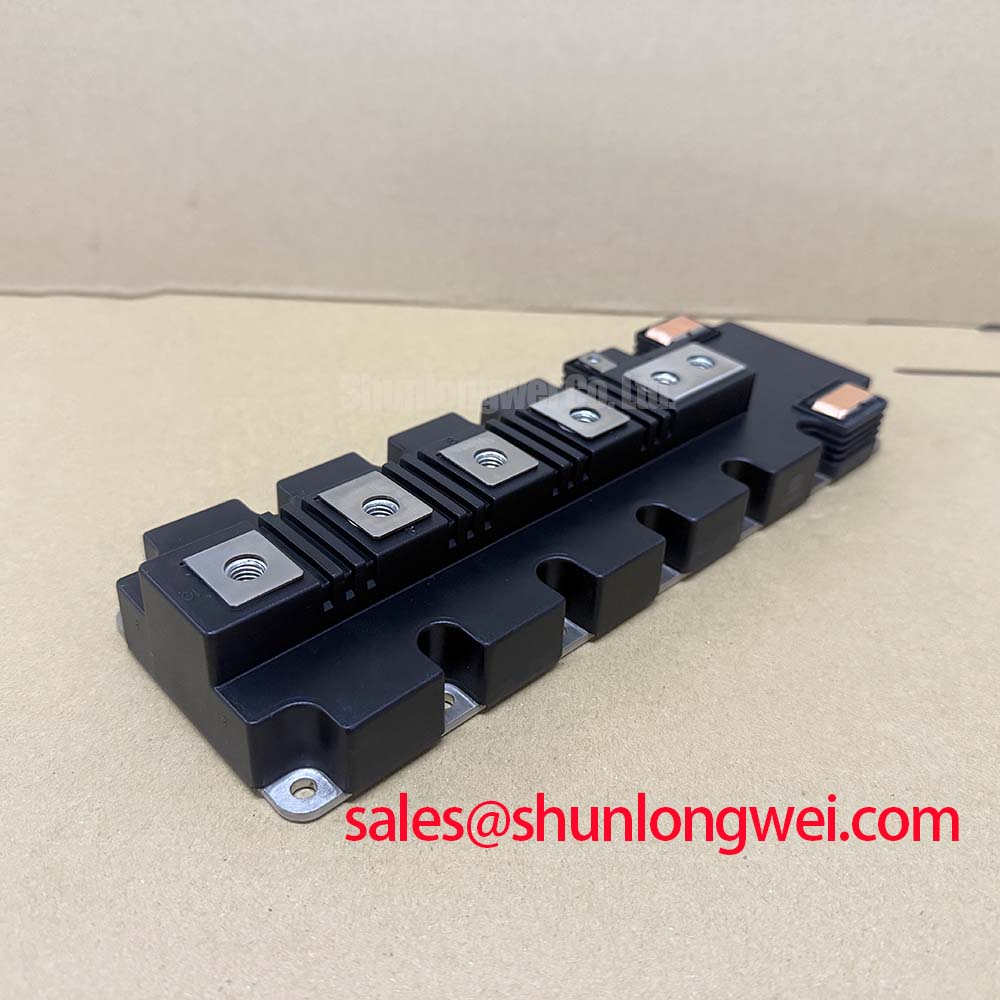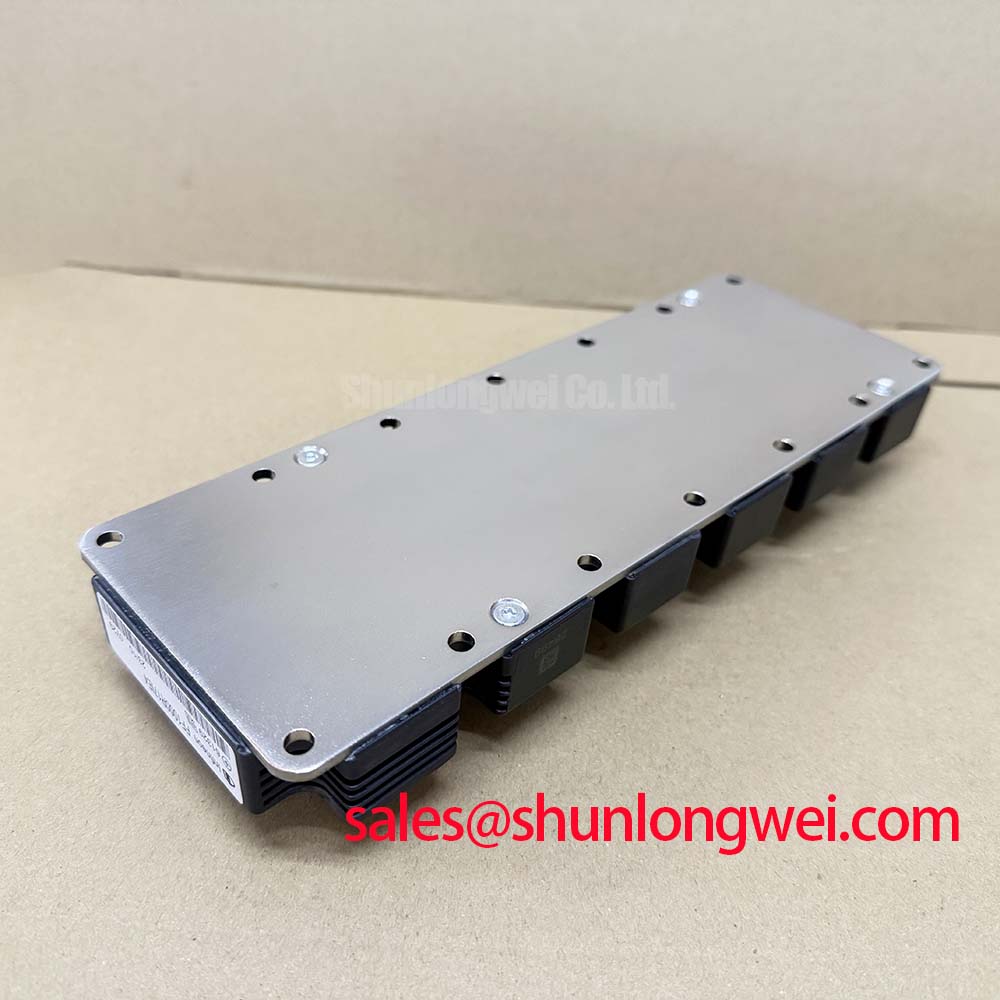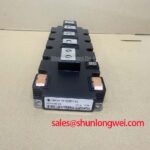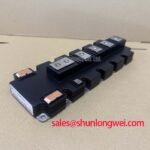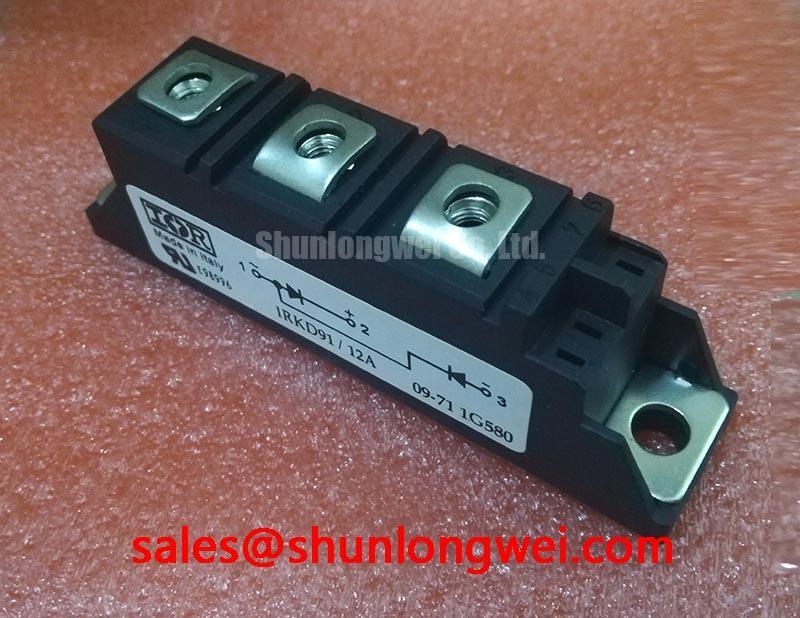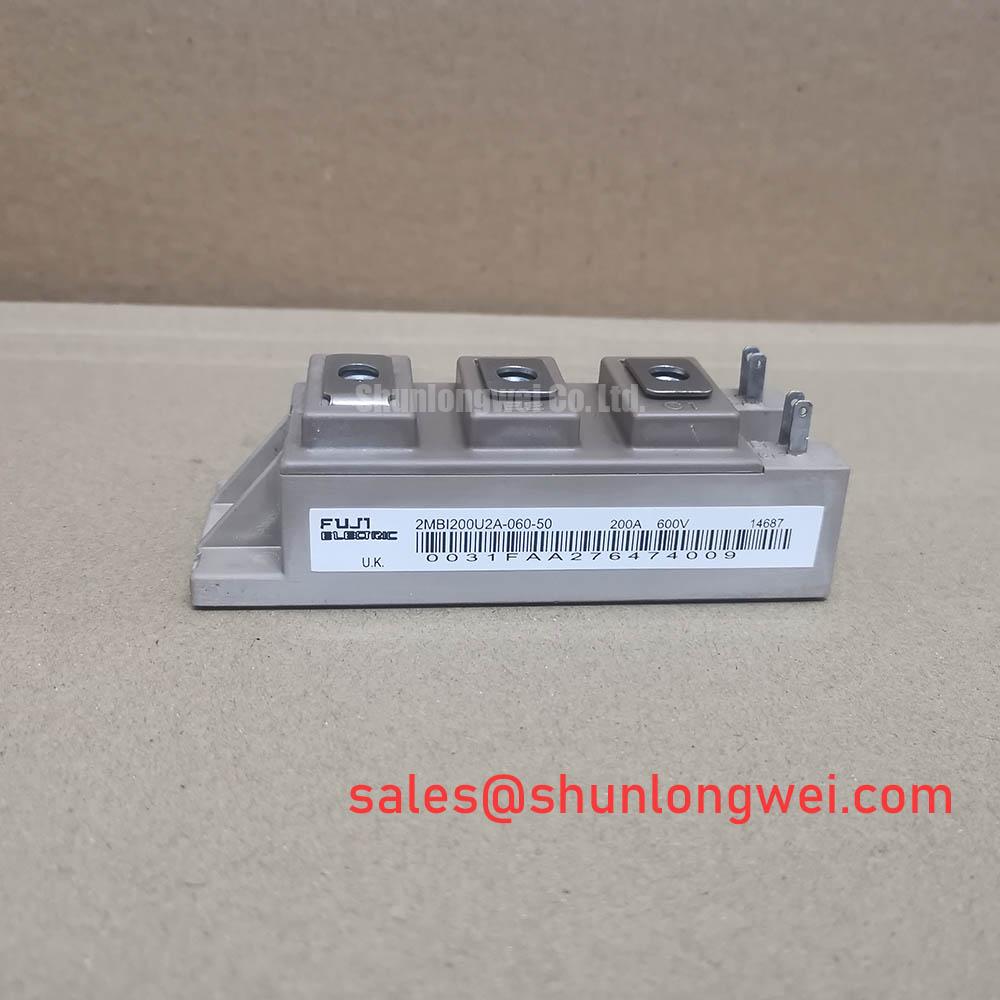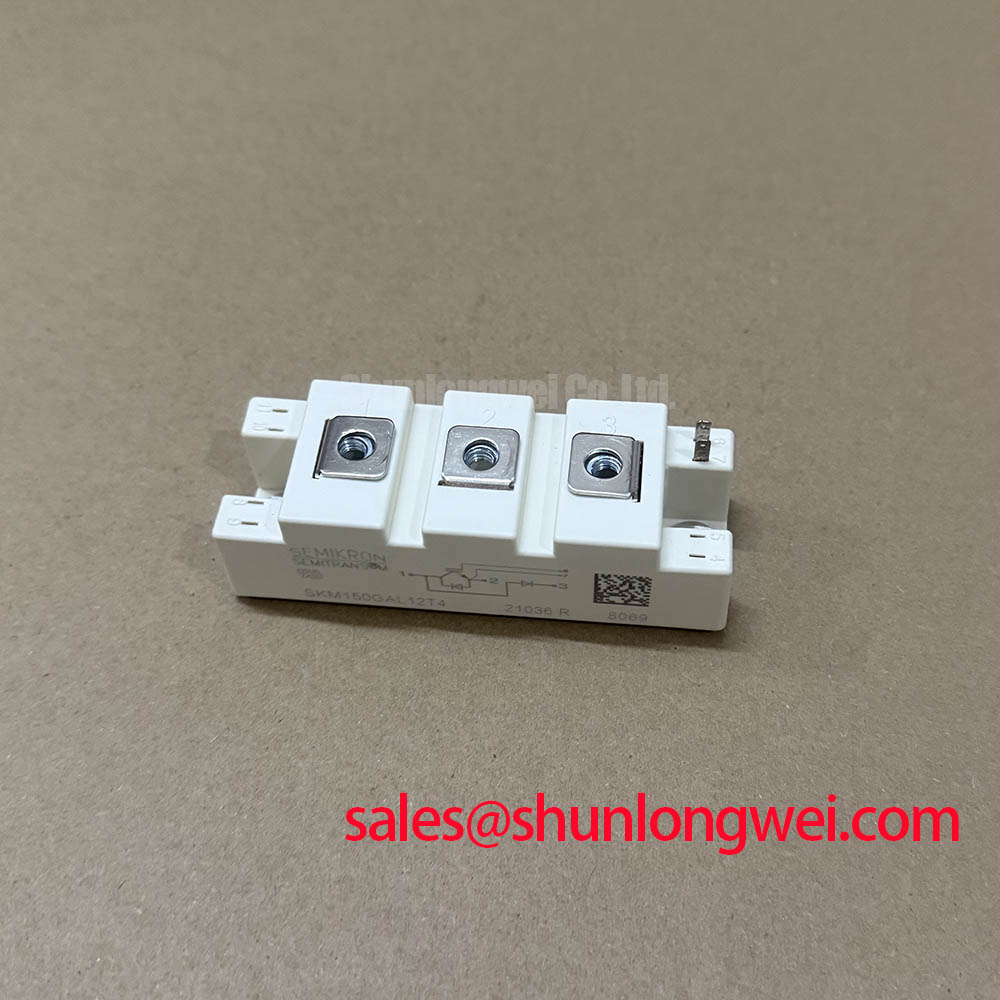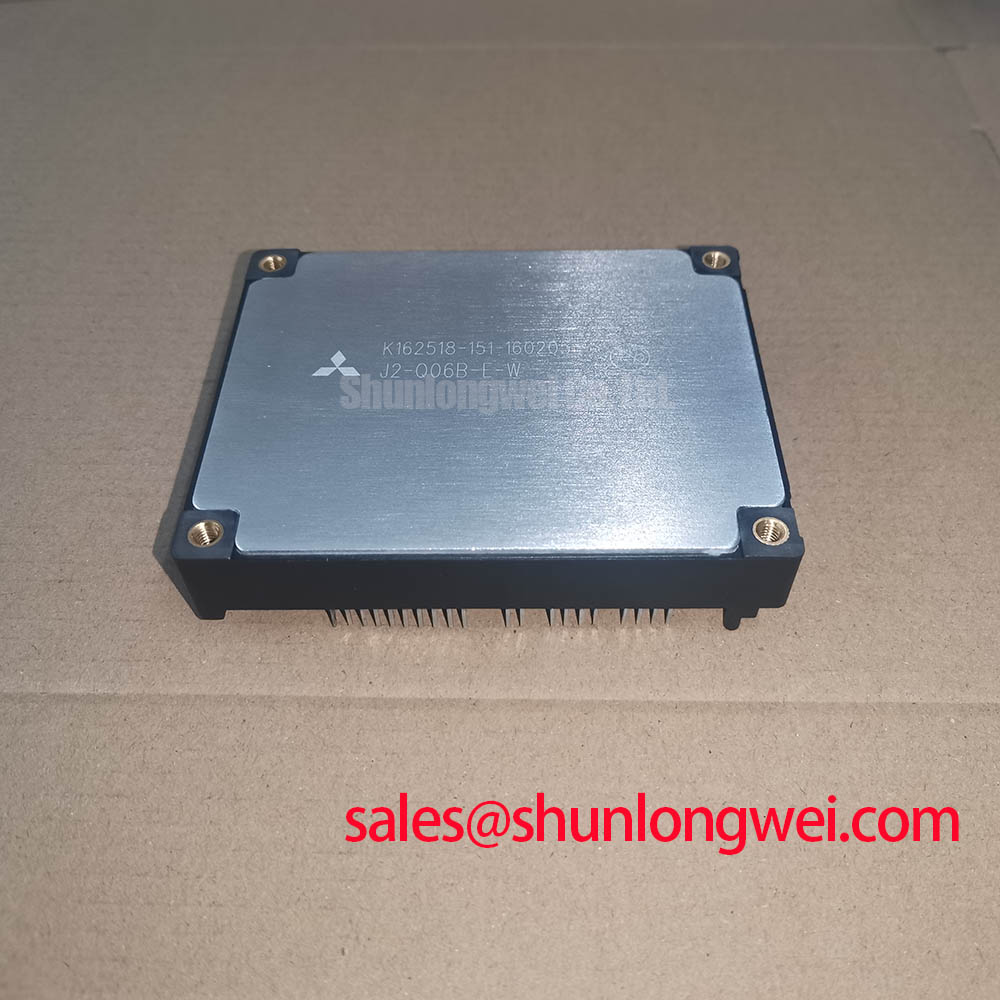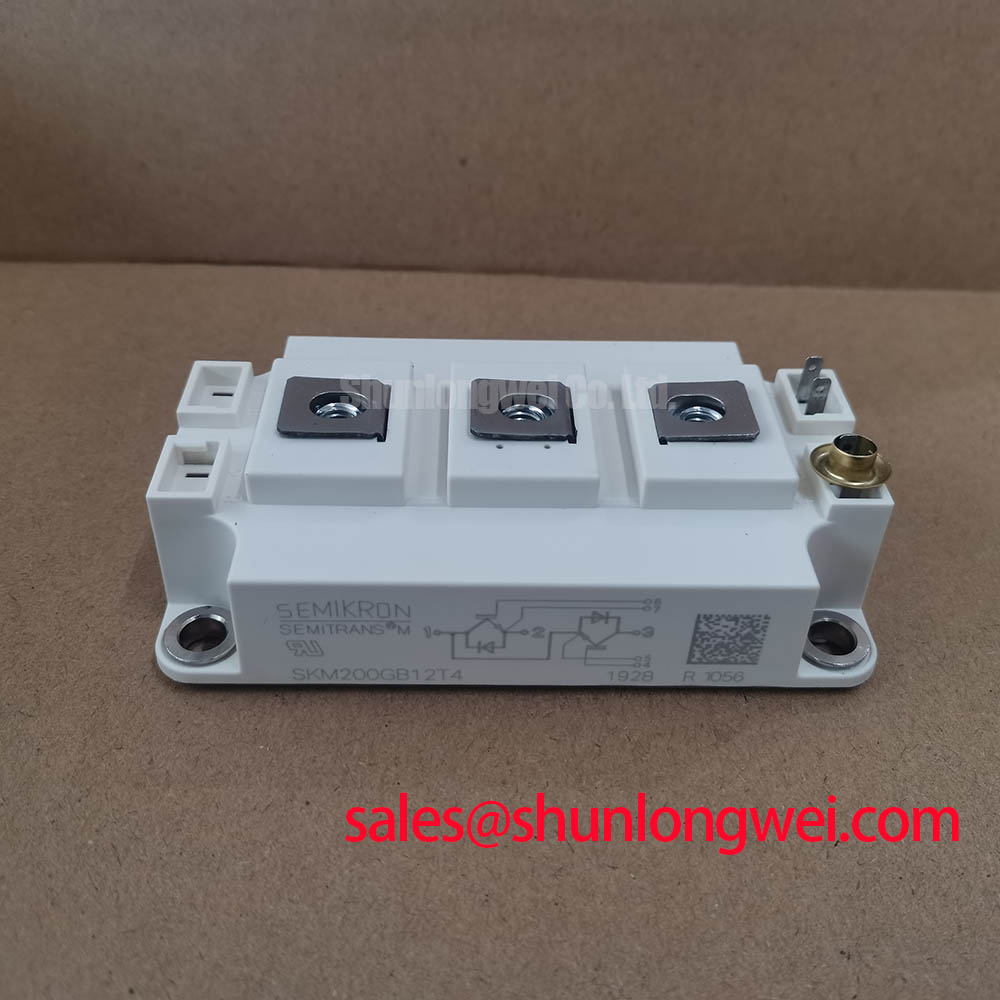FF1000R17IE4 IGBT: Thermal Reliability for High-Power Inverters
As power demands in renewable energy and industrial drives escalate, the thermal performance of core components becomes a critical factor in system reliability and total cost of ownership. The Infineon FF1000R17IE4 IGBT module is engineered to meet this challenge, delivering exceptional thermal stability for megawatt-scale systems through superior heat dissipation and high-temperature operation. With core specifications of 1700V, 1000A, and a remarkably low thermal resistance (Rth(j-c)) of 0.016 K/W, this module provides enhanced system lifetime and reduced cooling requirements. How does its design ensure stability in high-current applications? Its positive VCE(sat) temperature coefficient enables inherently stable current sharing when modules are paralleled, mitigating the risk of thermal runaway.
FF1000R17IE4 FAQ: Engineering for Thermal Endurance
This section addresses key engineering questions concerning the practical implementation and thermal characteristics of the FF1000R17IE4.
- How does the low RthJC of the FF1000R17IE4 impact heatsink selection?
The extremely low junction-to-case thermal resistance of 0.016 K/W means that heat generated within the IGBT die is transferred to the module's baseplate with high efficiency. This allows engineers to either achieve lower operating junction temperatures with a standard heatsink or specify a smaller, more cost-effective cooling solution while still maintaining safe thermal margins, directly impacting system size and cost. - What is the primary benefit of the module's 150°C maximum operating junction temperature?
A high Tvj op of 150°C provides a significant thermal buffer, making the system more resilient to unexpected load variations, transient thermal events, and operation in high ambient temperature environments. This robust operational window is a cornerstone of long-term system reliability in demanding applications like wind turbine inverters. - Is derating necessary when paralleling FF1000R17IE4 modules?
While all parallel designs require careful layout and analysis, the FF1000R17IE4's positive temperature coefficient of its on-state voltage (VCEsat) simplifies the process. As a module heats up, its on-state resistance increases slightly, naturally encouraging current to balance with cooler, parallel modules. This self-balancing characteristic minimizes the need for aggressive current derating, allowing for higher total output. For a deeper understanding, review our guide on decoding IGBT datasheets. - Can this module be used in a 690V AC grid-tied application?
Yes, the 1700V collector-emitter voltage rating (Vces) provides the necessary voltage margin for safe and reliable operation in systems connected to 690V AC lines, accommodating voltage spikes and overshoots that are common in industrial power grids.
Data-Driven Assessment: FF1000R17IE4 in Context
To empower informed component evaluation, it is crucial to analyze key specifications against relevant benchmarks. The FF1000R17IE4 is defined by its thermal management capabilities, a factor that directly influences both performance and long-term operational costs.
When assessing this module, consider the following data points:
- Thermal Resistance (RthJC): The FF1000R17IE4 specifies a thermal resistance of 0.016 K/W per switch. This metric is a direct indicator of how effectively heat can be removed from the semiconductor junction. A lower value allows for higher power dissipation or lower operating temperatures, both of which enhance reliability.
- Power Cycling Capability: While not a single datasheet number, the combination of a low RthJC and a robust mechanical design with a copper baseplate contributes to a higher resilience against thermo-mechanical stress induced by power cycling. This is a critical consideration in applications with fluctuating loads, such as wind-to-grid conversion systems.
- VCEsat Temperature Coefficient: The positive temperature coefficient is a key feature for system scalability. It ensures that as the device temperature increases, its conduction losses rise slightly, which promotes natural current balancing across paralleled modules without complex external circuitry.
For systems that may operate at even higher bus voltages or require a different internal configuration, the FZ3600R17HE4 offers a significantly higher current rating within the same 1700V class, housed in a different high-power package.
Deployment Arenas: Where Thermal Performance is Paramount
The FF1000R17IE4 is architected for high-power conversion systems where efficient thermal management is not just a preference but a prerequisite for reliable operation.
Key Application Scenarios
- Renewable Energy Inverters: In large-scale solar and wind turbine power conversion systems, this module's ability to handle high currents and effectively dissipate heat allows for greater power density and reliability in the central inverter, contributing to a lower Levelized Cost of Energy (LCOE).
- Industrial Motor Drives: High-power drives for applications in mining, manufacturing, and marine propulsion demand robust power stages. The thermal stability of the FF1000R17IE4 ensures consistent performance under heavy and often cyclical load conditions, preventing premature failure.
- Grid Infrastructure and FACTS: In applications such as Static VAR Compensators (SVC) or High-Voltage DC (HVDC) transmission, the ability to manage thermal loads reliably is fundamental to maintaining grid stability.
For megawatt-scale wind inverters requiring maximum reliability at high power outputs, the FF1000R17IE4's low RthJC of 0.016 K/W makes it a superior choice for thermal design simplification.
Core Performance Attributes at a Glance
The following table highlights the key specifications of the FF1000R17IE4, focusing on the parameters most relevant to its thermal performance and high-power reliability. All data is based on the official manufacturer's datasheet. For a comprehensive list of parameters, please refer to the official documentation.
Download the FF1000R17IE4 Datasheet
| Parameter | Value |
|---|---|
| Collector-Emitter Voltage (VCES) | 1700 V |
| Nominal Collector Current (IC nom) | 1000 A |
| VCE(sat), typ. (Tvj = 25°C, IC = 1000 A) | 1.70 V |
| Max. Operating Junction Temperature (Tvj op) | 150 °C |
| Thermal Resistance, Junction-to-Case (RthJC, per IGBT) | 0.016 K/W |
| Short Circuit Withstand Time (tpsc) | 10 µs |
A Closer Look at Thermal Pathway Engineering
The performance of a high-power IGBT module is fundamentally tied to its ability to evacuate heat from the semiconductor die. The FF1000R17IE4 excels in this area through a combination of advanced chip technology and optimized module construction. What is the key to its thermal adeptness? A low junction-to-case thermal resistance that minimizes the temperature rise under load.
Interpreting Key Thermal Parameters
- Thermal Resistance (RthJC): Think of the module's thermal resistance as the traffic capacity of an expressway for heat. The FF1000R17IE4's low RthJC of 0.016 K/W creates a very wide expressway, allowing a large volume of thermal energy to move quickly from the silicon junction to the heatsink. This prevents thermal "gridlock," which would otherwise cause the junction temperature to spike, reducing efficiency and accelerating device aging. A comprehensive understanding of this metric is vital, as explored in our article on why Rth matters for unlocking IGBT thermal performance.
- VCE(sat) (Collector-Emitter Saturation Voltage): This parameter dictates the power lost as heat during the conduction phase. The FF1000R17IE4 features a low typical VCE(sat), which directly reduces the thermal burden on the module. Combined with its positive temperature coefficient, it creates a thermally stable foundation for reliable, high-current operation.
Strategic Implications of Advanced Thermal Management
Investing in components with superior thermal characteristics like the Infineon FF1000R17IE4 is a strategic decision that extends beyond immediate performance gains. By designing systems around a thermally resilient core, engineers can unlock significant long-term advantages. A power converter built with a higher thermal margin is inherently more durable, leading to extended operational lifetimes and reduced maintenance cycles. This translates directly to a lower total cost of ownership, a critical metric for large-scale industrial and renewable energy projects. Furthermore, the ability to operate reliably at higher power densities enables the development of more compact and resource-efficient power systems, aligning with global trends toward sustainability and energy efficiency.

